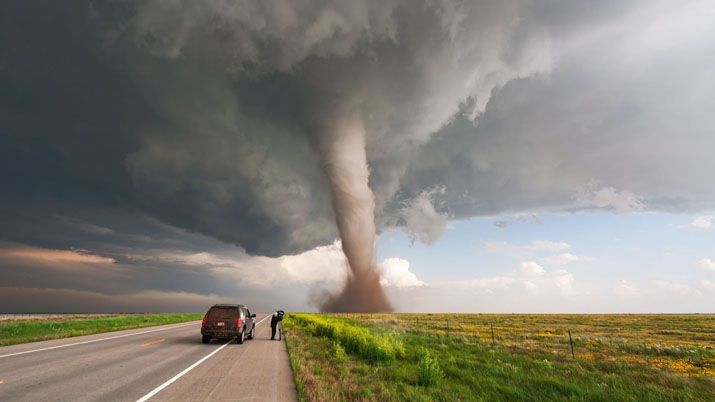Protect Yourself From Natural Disasters
In 2019, in the US alone, natural disasters were accountable for more than one billion dollars in losses. So how do you prepare yourself in the event of an unforeseen disaster? You start by taking steps now, so you will be in the best position you can be, when you need it most.
Make sure you are familiar with the area you live in. Extreme weather has different impacts on different locations. For example, California is known for its hail storms; routine roof inspections and carrying out needed repairs are an integral part of being prepared. Depending on your location, San Diego roofing companies could offer you the solution you need to save yourself from expensive repairs in the future.
External Factors
Although a stable and secure roof is an important part of adverse weather preparedness, there are other things you need to take into consideration. You can safeguard your windows by making sure they also have extra protection from the elements, should you need it. Having shutters installed that you can close when you learn of an approaching hailstorm will help to save your windows from breaking so easily. Another useful precaution is to have heavy drapes in place. In the event that, despite your best efforts, windows do get broken, having study drapes will keep a lot of the broken glass from being blown into your home.
Take note of furniture and toys in your yard. These items can easily become airborne and cause excessive damage to your property. Take steps to stow these items safely away in a shed to keep them from being swept away and causing avoidable damage.
Don’t overlook the perils of unkempt trees and shrubbery. Dead branches will get broken and have a high likelihood of becoming projectile items that will damage your home. Make sure you keep trees and shrubs trimmed, especially if a limb or branch is hanging over your roof.
Be Prepared
In the event of a natural disaster, make sure you stay well-informed as to what is going on around you. Have either a portable radio that will run on batteries (and make sure the batteries aren’t dead when you finally get around to needing them) or buy a weather alert radio.
Being prepared for every eventuality reduces the panic should a storm affect your town. Have an evacuation route. Make sure your family knows which route they should take if you need to evacuate your home in a hurry. Every few months, have drills to practice exactly how you will leave your home and where you are meeting. The more you practice, the more comfortable you will be when you need to use that route. Being able to do things without having to stop and figure out how you should proceed, will not only save you precious time when you need it, but it will also ensure your entire family is safe because there is less of a chance making silly mistakes because you panicked and were unprepared.
Have an emergency kit on hand. Stock it with first aid essentials and routinely check the contents. Make sure the medicines in that kit are not expired, which lessens their effectiveness when you need it most. Include other necessary items such as flashlights and back up batteries. You should also include your (and your family’s) personal information, should first responders need to find out who you are.
Location is Imperative
Know where the safest place to hide is located in your home, depending on the type of disaster. In case of flooding, you want to get to the safest, highest point of your home, whereas during a tornado, you want to go to the basement.
Living through a natural disaster is stressful enough, make sure you take steps to protect your family by being prepared.




